
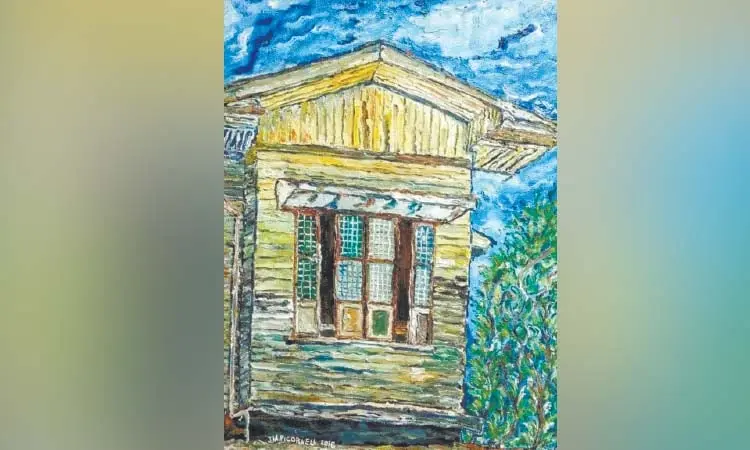
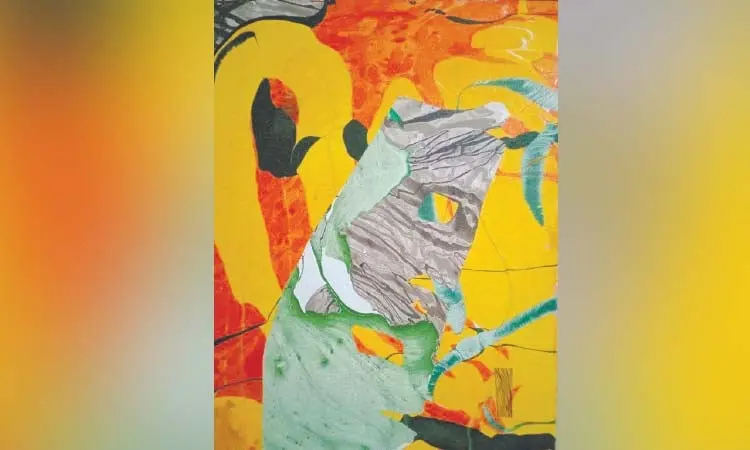
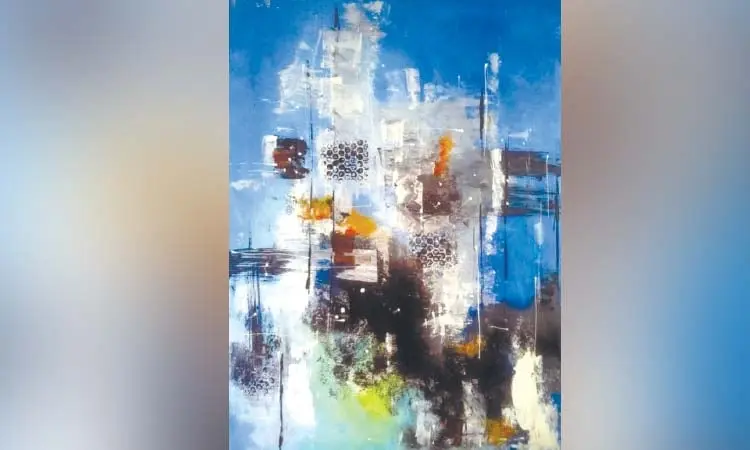
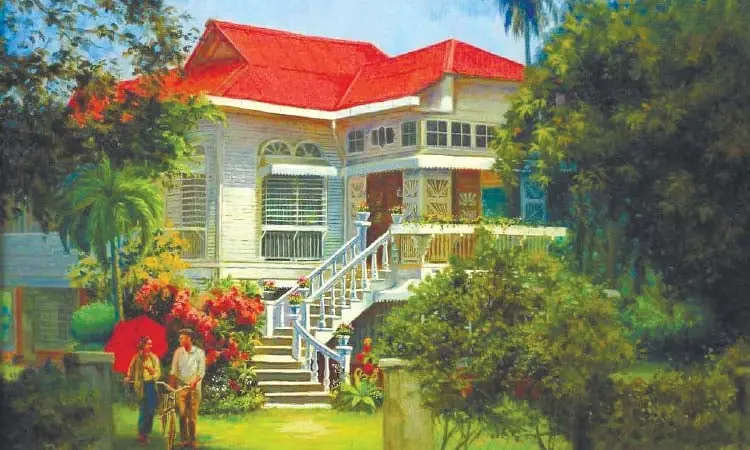
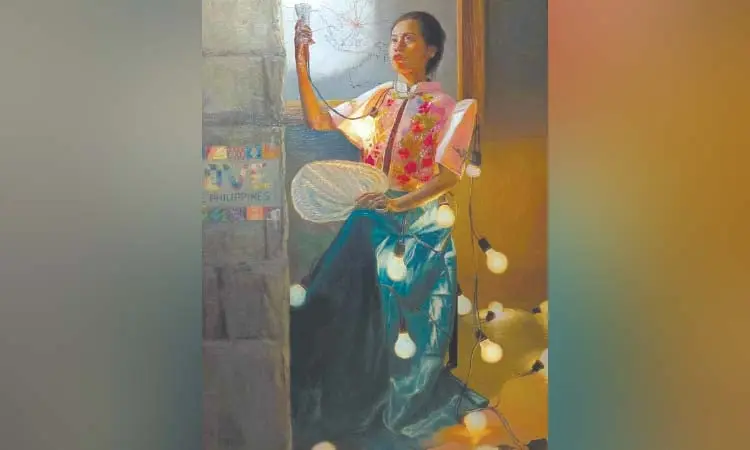

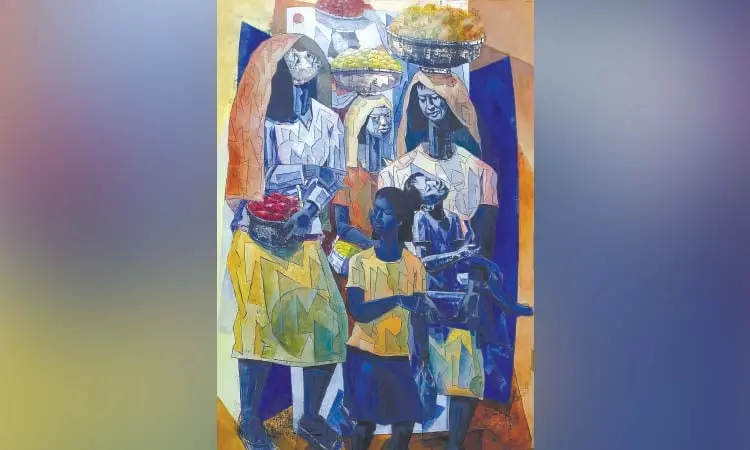

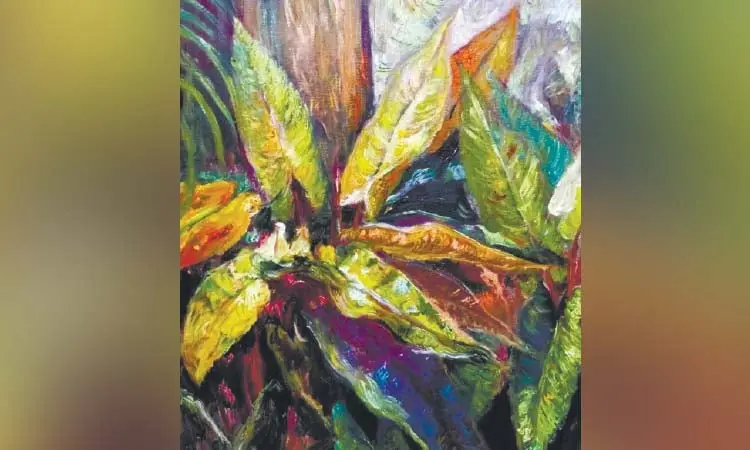
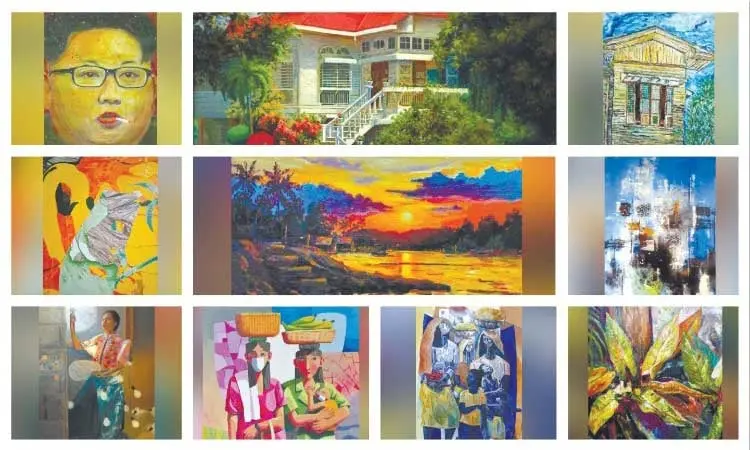
History and art go hand in hand — they are like visible footprints from a time that has gone by. We are blessed to live in a time when local artists abound and Cebuano Art is thriving. But since I consider myself a newbie in this world of art appreciation, I asked Master Cubist Celso Pepito to guide us through five basic types and he provided me with samples demonstrating each style to share with all of you.
Realism
The Realism Movement was born in France in the mid 19th Century after the French revolution, and this resulted in a realism art period that was a major shift from the artwork of the previous Romantic period.
Realism art work paints human subjects as they are, including the imperfections. In nature or in everyday life scenes, it aims to present the subject as near to the truth as possible. This type of art requires sharp observation skills, an understanding of anatomy and form and technical skills ,including a strong grasp of depth and perspective hand in hand with patience and practice.
Impressionism
Developed in Paris in the 1860s, headed by the likes of Claude Monet, it is centered around the ability of an artist to paint quickly in a mostly outdoor setting — producing loosely designed impressions of a scene before him. The operative word seems to be fleeting; be it people, landscape and other scenes from nature.
Some impressionist works may look unfinished, fuzzy or unrefined — this style offers the artists a sense of freedom to do as they please, experimenting with the light and colors in that small window of time.
Expressionism
Primarily a Modernist Movement that started around the early part of the 20th century, it spanned all forms of art. From visual to literature, music, theatre and architecture. As opposed to realistic depictions, this style is more focused on portraying emotions, soulful experiences and spirituality.
Van Gogh is considered by many to be the “father” of expressionism and one can see from his work the signature style of this era: intense colors, unnatural forms, distortion, coupled with a generous application of paint.
Cubism
Pioneered by Picasso and Braque around 1907-1908, it started as a style that brought different views of subjects together in one frame, resulting in a painting that appears fragmented. Geometric shapes are used in depictions of varied forms, producing work that represents the subject in a broader perspective.
Cubism differs from other styles since in its own way, it defies traditional techniques. A viewer can either find it beautiful, interesting or confusing. I am a fan of this style, it makes me think and want to have a closer look to understand why the artist chose to depict it this way.
Abstract Expressionism
This style was developed by American painters — Pollack, Rothko and de Kooning among others — after the war, between the 1940s and 1950s. It was meant to set the viewer free, to make their experience with a piece a more personal one by understanding it on their own terms.
Paint may be applied in sweeping strokes, dripped, splattered and some pieces have no recognizable subjects. This style put New York city on the forefront of western art, and even when its popularity diminished in the 1960s, its legacy continues up to this day.